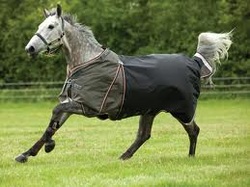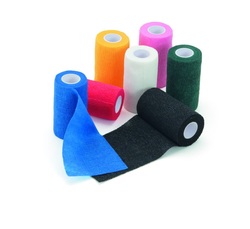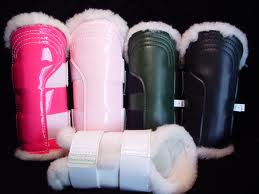rugs

There are lots of different rugs and they all have different duties. Some are to keep the horse warm and others can keep them dry or clean.
- Heavyweight Turnout Rugs are designed for use in winter, particularly on finer Horses or those that have been clipped. Many turnout rugs are now made of breathable material.
- Lightweight rugs offer enough protection in the Autumn or spring when the weather is variable and not to extreme, some have a warm fleecing.
- Stable rugs come in different weights and are great for keeping stabled horses warm as they can get colder because they not moving around.
- Summer Sheets unless otherwise stated, are not Waterproof; they are designed basically to keep your Horse clean!
- new zealand rugs are made from a thicker canvas material that is waxed to provide shower proofing they are very strong and can be used all year round.
- Coolers are used your horse has exercised and will take the moisture from the skin they can be put them under other rugs to. Fleeces are incredibly versatile and come in gorgeous colours and designs. Used as a substitute to a Cooler they can also be worn as light stable rugs or for travel and can be put under a Turnout rug or Stable rug for added warmth; no Horse should be without one!
bandages

this is how you put on a tail bandage ........................
- First, lightly dampen the tail hair with a water brush. Wetting the bandage is wrong as it may shrink the material injure the tail by cutting off the circulation.
- Put your right hand at the top of the tail. Unroll 20cm (8ins) of bandage and place this spare piece above the top of the tail.
- Hold the end of the bandage in your left hand and the bandage roll in your right.
- Keep your left hand at the top of the tail until the bandage is secured. (The first turn is often difficult to keep place, but you can overcome this by making the turn above the first.). Then wind in the spare end bandage.
- Unroll the bandage evenly around and downwards keeping the roll on the outside, stopping just above or below the last tail-bone and returning half way up.
- Tie the tapes neatly - no tighter than the tension of the bandage.
- Tuck in the spare ends, then bend the tail back into a comfortable position.
Boots
There are many different types of boots but they are all designed to protect the horses feet in some sort of way. There are many types such as ..............
- brushing boots- these include fetlock boots and rubber rings.
- tendon boots- these are designed to give extra protection to the tendons at the back of the leg. some are also designed similarly to brushing boots.
- open fronted boots- protect tendons against high over reach. they are open at the front of canon bone and are mainly used for show jumping.
- over reach boots - bell shaped and made of rubber . they fit around the lower pastern and hoof. they protect the heals and the coronet.
- travelling boots- these are used to prevent ingury during traveling. They are usually synthetic and encase the leg from above or just below the knee or hock, down to the coronet.they should be used for short journeys as they tend to slip.
- knee boots-normally used for travelling but also used when excersising on road.
- hock boots- these are used o protect hocks whilst traveling
- polo boots- made in a variety of shapes but to heavy for general use. designed o be protected from polo sticks ad balls.
- sausage boots- these ring shape padded boots are fitted around pastern to prevent the heel or shoe damaging the elbow when the horse is lying down . only required when there is a indgury.
- equiboots- Designed to fit around ad under the hoof these are used for protecting the foot in the absence of a shoe.They are great for emergencys and shouldn't be considered a long term solution.

